Your goal as a coach is to help others achieve the kind of success they envision for themselves.
And to be able to do that, you want them to gain their trust that you can help them solve their problems and concerns.
Without their confidence in your skills as a coach, you won't be able to generate sales from your coaching business.
In this post, we'll be running through the different steps on how you can sell your coaching services.
By setting up a successful coaching business primed to generate more coaching leads to convert into clients, you will be able to make a living as a coach.
1. Develop a Funnel
To help us understand the step-by-step process of selling your coaching packages, we must first know the type of funnel you need to develop to help you get from point A.
A sales funnel guides your target audience from knowing that you exist as a coach to converting them into your loyal customers.
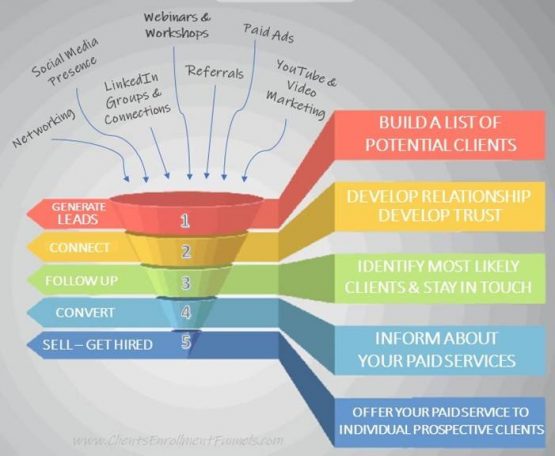
Getting from the awareness stage to the conversion and loyalty stages involves lots of moving parts, which is why a funnel comes in very handy.
It tells you what you should do and how to execute these tasks in each stage to increase the chances of bringing your prospects down your sales funnel with little to no resistance from them.
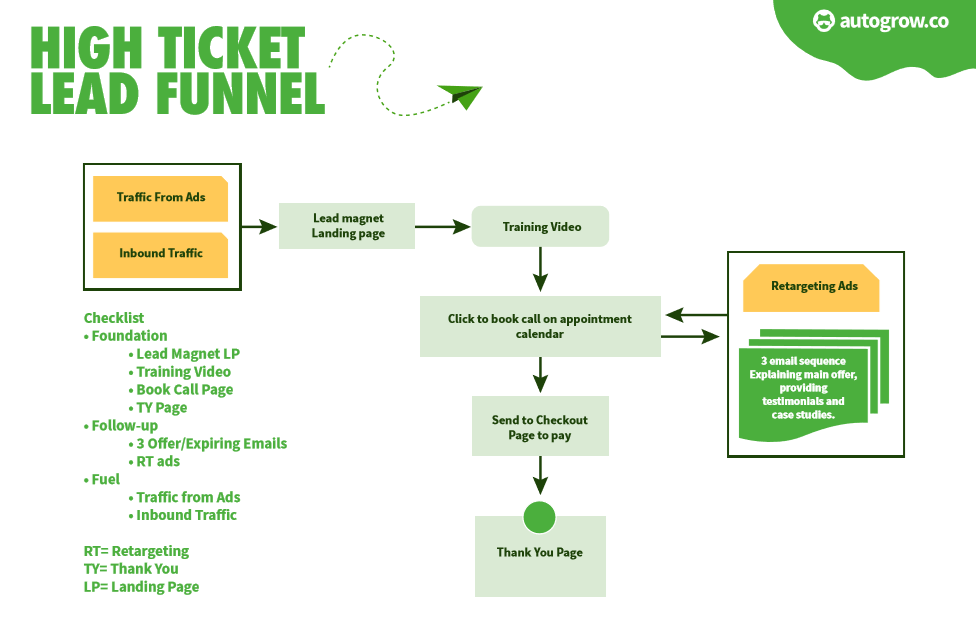
Here's how the funnel example above works:
- Generate leads - It starts by attracting visitors using paid ads or inbound marketing tactics to a landing page containing your lead magnet for download
- Connect - The landing page shows a training video with information related but not included in your lead magnet. The video aims to compel them to book a call or consultation about your coaching program, which is your main offer.
- Follow-up - If they don't sign up for your coaching package, send them emails that further explain what your main offer is about. It should contain examples and testimonials from previous and current coaching clients to convince them to sign up for your services.
- Convert/Sell - Get hired - Once your prospective clients sign up for your paid services, complete the transaction by setting up payment gateways of your choice. After they pay, bring them to your Thank You page.
Later on, we'll delve deeper into the different tactics used for each sales funnel stage. Also, keep in mind that the funnel above is just one of many potential funnels you can use to sell your coaching services.
But this example exemplifies the kind of funnel you should strive for in your business.
If you're looking for a custom sales funnel that'll reflect the kind of coaching business you have, our guys at Legiit will help you build the funnel from scratch for your funnel builder of choice.
2. Determine What Coaching Packages to Sell
Before you can make money as a coach, you need to develop the coaching package or service you want to sell first.
There are different ways to deliver and sell your coaching expertise to your audience. And the great thing about them is that you can sell all of them to your clients in a package or cross-sell or upsell clients from one type to another.
To help you decide which among the coaching packages you should do for your coaching business, below is the breakdown of each one and how you must charge for each:
Online courses
An online course contains self-study materials that your clients can take at their own pace or a certain schedule.
A perfect example of online courses is those found on Udemy. A quick search of courses from life coaches shows these results:
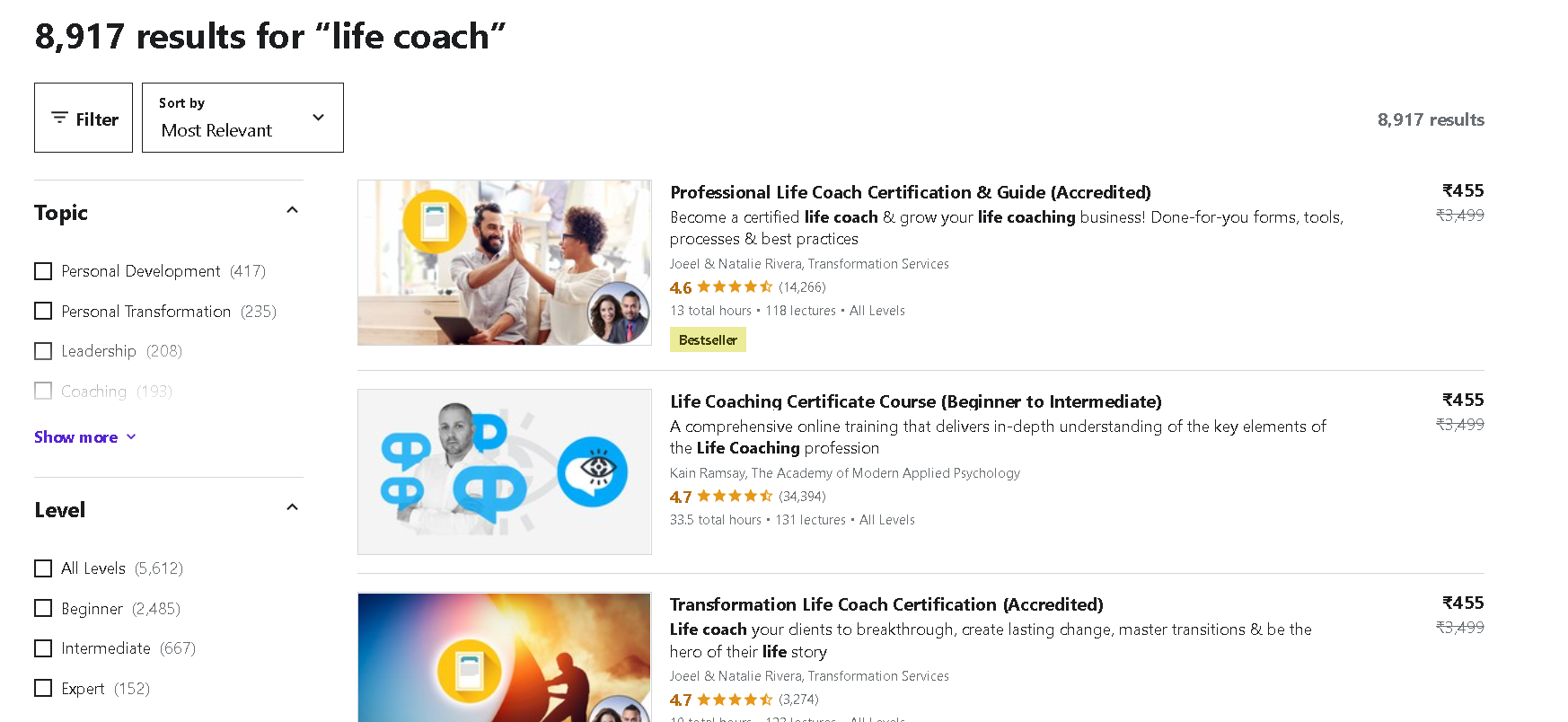
Among the three, online courses are the most difficult to create but have the highest earning potential with the least amount of effort on your end.
First, you have to record yourself presenting the topic to your audience. You must ensure that the audio and video quality of the course is top-notch and covers the topic comprehensively. Recording and producing the course could take months, depending on the scope of the topic.
But once the materials are uploaded to Udemy or your learning management system (LMS) of choice, potential clients can sign up for it and take your lessons immediately.
Provided that you included all of the resources that address their needs, the online course should be more than enough, at least for now.
The beauty of online courses is you don't have to spend any personal time with them. They are set-and-forget moneymakers that allow you to keep earning for every new customer who buys it from your site even when you're asleep!
The only time you have to update your online course is to add modules covering new topics or edit old ones.
When it comes to pricing online courses, you can sell them for a one-time payment.
The price depends on how much other coaches are charging for their courses covering the same topic.
As a best practice, re-promote your course once you've added new modules to generate more sales. Those who purchased the course beforehand will receive all new lessons and modules you add to your course.
Group coaching
Group coaching involves inviting different clients to a program about a challenge they want to particular or a problem they want to resolve in a group setting.
Unlike online courses, this method of instruction requires your active participation as the coach. You also have to moderate all your clients in the group, so they all get your expert help with their unique problems.
For your group coaching to succeed, you must have a structure in place.
Using an LMS with membership and community features, you can discuss with the members the challenge at hand or problems they want to solve. You can also hold video calls to meet with them and ask for their progress reports.
Group coaching is perfect for people who wish to improve themselves in a group context. Some are inspired by the progress that other people make, which encourages them to do their best.
This coaching method may not be for everyone, so you need to know first if there's a demand for this kind of service in your industry.
When it comes to charging members of your group coaching, you can go with the month or project approach.
You can charge them every month as part of the group coaching, so they can enjoy interacting with you and other group members for as long as they like. A monthly payment works for this coaching method if you can produce new challenges for members to work on year in and out to justify their subscription.
1-on-1 coaching
This coaching service requires you to spend time with a client about a particular problem or issue and find the best ways to solve it.
An example of a 1-on-1 coaching program is from life coach Hear Her Roar:
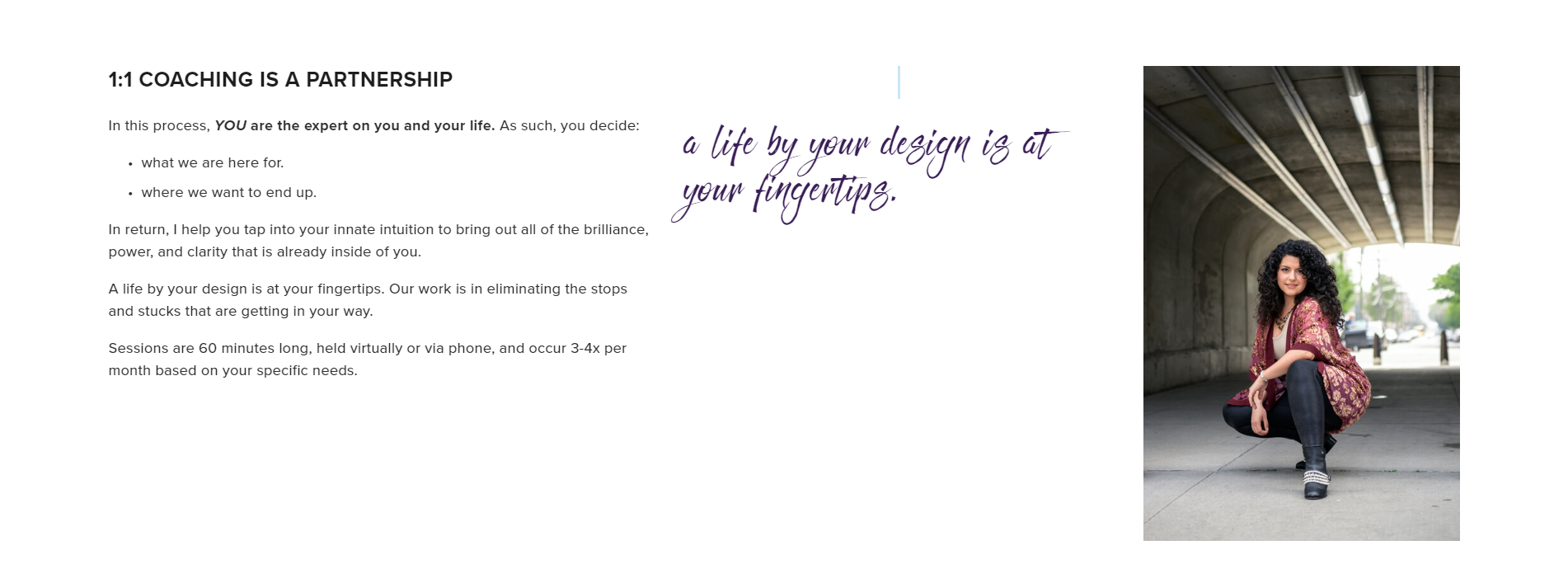
1-on-1 coaching is the most time-intensive among the rest. While creating an online course takes just as much work initially, you won't have to worry about it much once you've published it (save for a few updates).
With this coaching type, you have to be present with your clients during the call.
You have to be aware that each client will have different problems that will put your knowledge to the test.
On the upside, you can charge premium prices to clients on an hourly basis since they have your undivided attention and expertise all by themselves.
You can set up Calendly to help arrange your schedule for the entire week. Then people interested in your 1-on-1 coaching can just pick the time and date to talk to you privately.
After your initial consultation with the client, you decide how many sessions are needed for you to help them out truly. You can then place a monthly or quarterly retainer for you to meet with them regularly for status updates and other issues they may have.
Providing longer-term 1-on-1 coaching with clients could earn you more money instead of waiting on ideal clients to schedule their consultations with you.
3. Build an Online Platform
Once you have your coaching packages in place, the next step is to establish an online presence as a new coach.
The popularity of online coaching has increased by 57% since COVID-19 hit, and it seems like it's going to stay this way for good.
So, while face-to-face coaching has its benefits, setting up online coaching and consulting services allow you to expand your reach and cater to more people. To maximize your coaching practice's earnings potential, you can even mix both coaching methods.
Building an online coaching business begins and ends with a funnel or website.
Setting one up seems like a daunting task. But with all the website and funnel builders in the market, it's as simple as choosing a template, filling in the blanks, and setting up the payment gateways.
Anybody can get a website or funnel off the ground in a few hours, if not minutes, even without any prior design experience.
Now, the bigger problem is choosing which between the two to go with.
As mentioned, a funnel has a clear goal in mind: turn prospects into paying clients.
On the other hand, a website doesn't have clearly defined steps on which visitors must take action. Upon arriving on your website, for example, a website can check your blog posts instead of buying your coaching services.
However, this doesn't make websites worse (or even better) than funnel builders.
A website can be a hub for everything related to your online business. Aside from selling coaching packages and publishing blog posts, you can host your online courses there, so you don't have to get a separate LMS.
help fill out the awareness stage of your funnel by publishing blog posts about your expertise, something that a funnel builder doesn't do. The content coaches will create here can appear on search results and help their target audience find them much more accessible.
But if you simply want to stick by your funnel and focus on the essentials of your strategy, a funnel builder should be enough.
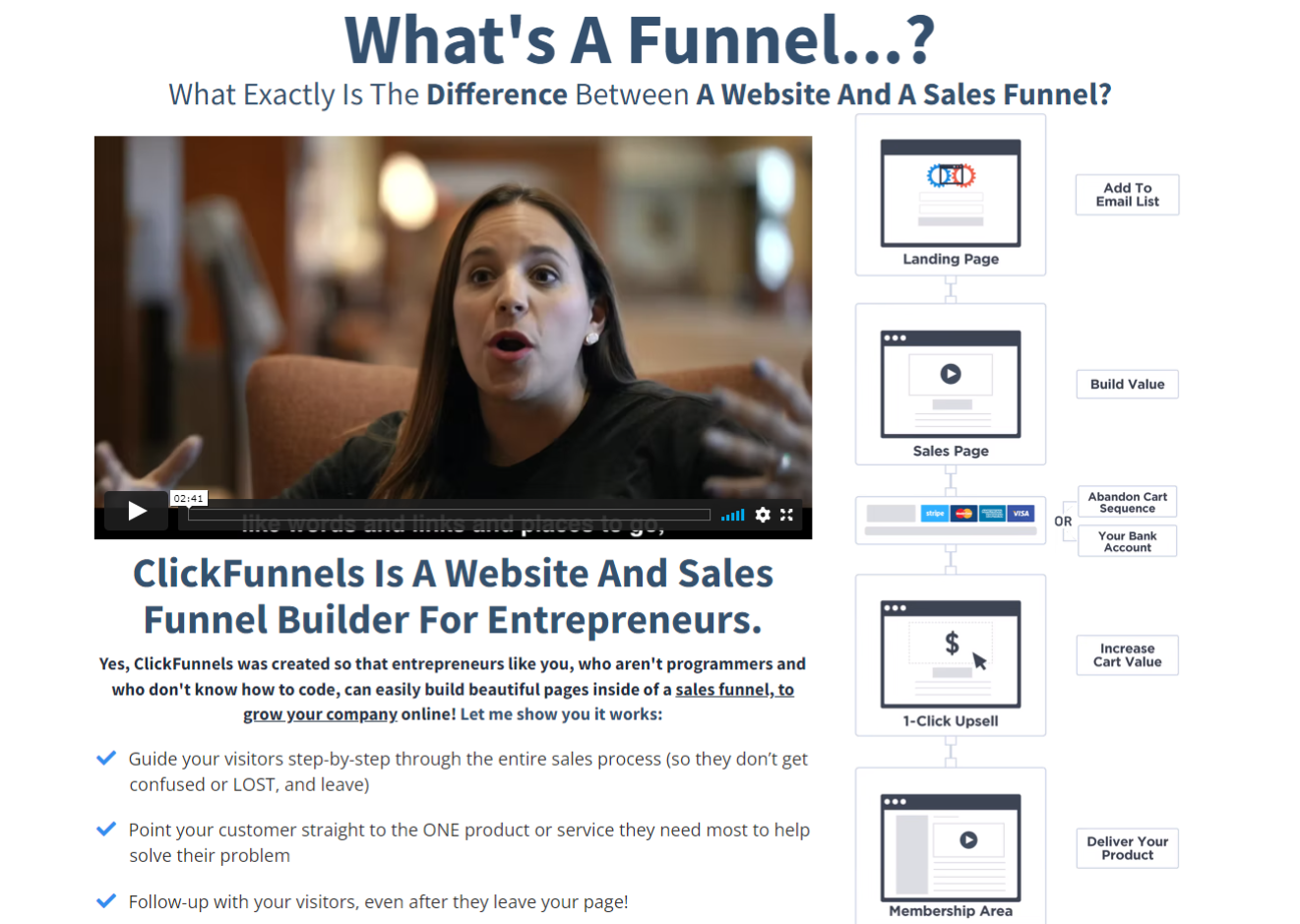
Clickfunnels is considered the best and easiest to use funnel builder in the market due to its simplicity and the various templates you can use to power your coaching business.
If you want to create an actual website, tools like Wix and Squarespace help you create fully functional websites complete with different pages. This provides your potential coaching clients with all the information they'll need about your coaching practice.
A more complex but ultimately better solution for website creation is WordPress. Unlike the previous website builder, it is a content management system (CMS) that you must install on a web host to make it work.
But once it's up and running, the possibilities with what you can do on it in line with your business are endless. WordPress has plugins that allow you to create funnels, memberships, and online course portals.
This goes to show that you can use funnels and a website together. You can create multiple funnels from your website offering different lead magnets. At the same time, you can implement inbound marketing via search engine optimization (SEO) and content marketing from the blog posts you'll create.
While doing the above results in much more work, expect to strengthen your sales funnel with the different tactics and strategies you'll be using for both.
4. Create Lead Magnets
Selling coaching services in a sea of other coaches vying for the same attention from prospects, you need to give them a reason to go to you instead of the others.
This is important, especially for aspiring coaches looking to break into the industry.
To do this, you must become an authority by providing value to your target audience. And you can do this with help from lead magnets.
You will create resources that people can download in exchange for their personal information.
For people to learn more about your lead magnet, you must create a landing page for it. Similar to a funnel.
Here's an example of a lead magnet from Clever Girl Finance—free access to their template library of worksheets and calculations.
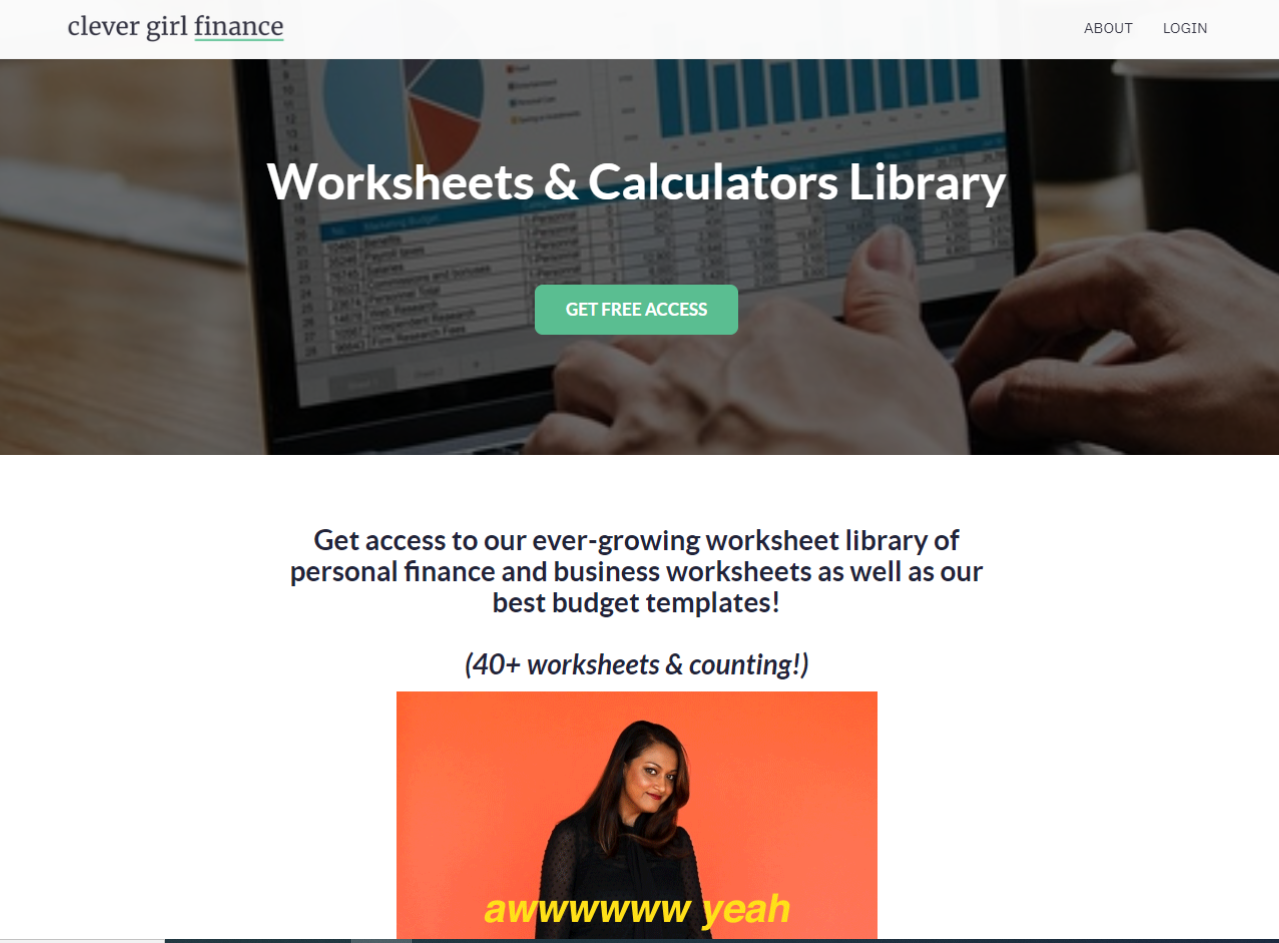
The landing page contains everything you need to know about the library, including the different templates. And by signing up without paying for anything, users can get their hands on their templates.
To be clear, you won't be able to monetize from your lead magnets directly. Instead, you can use their name and email address at the very least to send them emails promoting your services and deepening your relationships with them.
In other words, it's how you use their personal information that can help you make money from them soon.
This reason is also why lead magnets are part of a very beginning of a funnel. By introducing yourself to your target audience through free useful resources, you make a good impression from the very start.
The example above is just one of many lead magnet examples you can use in your funnel. Depending on what coach you wish to be and your industry, you can create as many lead magnets as you'd like.
Below are the most common ones to help establish your authority and attract your dream clients:
- Assessment - Also known as a quiz, this enables people to learn more about themselves and their situation. Unlike other lead magnets, an assessment is an interactive form of providing people with information that aims to engage them from beginning to end.
- Checklist -This is a guide that usually contains a set of reminders or a shortlist of items people can easily follow and implement. People could then just print out the list and post it on their walls as quick and easy reference material.
- Ebook - It covers a specific concern of your audience and provides people with the information they need to address it properly. Ebooks usually come in digital format (.pdf) but make it printer-friendly if they want a physical copy of it.
- Discovery calls - These free coaching sessions that last 10 to 30 minutes to help you learn more about your prospective clients and their problems. By getting to know them on a much deeper level, you can craft a custom coaching program geared toward their needs so you can convert them into clients more effectively.
- Webinar - This is similar to a discovery call but conducted in a class setting. The video training is conducted with a group of people who share similar pains and problems. While you won't be able to establish a much deeper relationship with each of them, you nonetheless provide them with information to help establish rapport with and gain the trust of everyone.
We mentioned the different coaching packages you can sell to clients above. You can even turn them into lead magnets, just like Clever Girl Finance did with her free online courses.
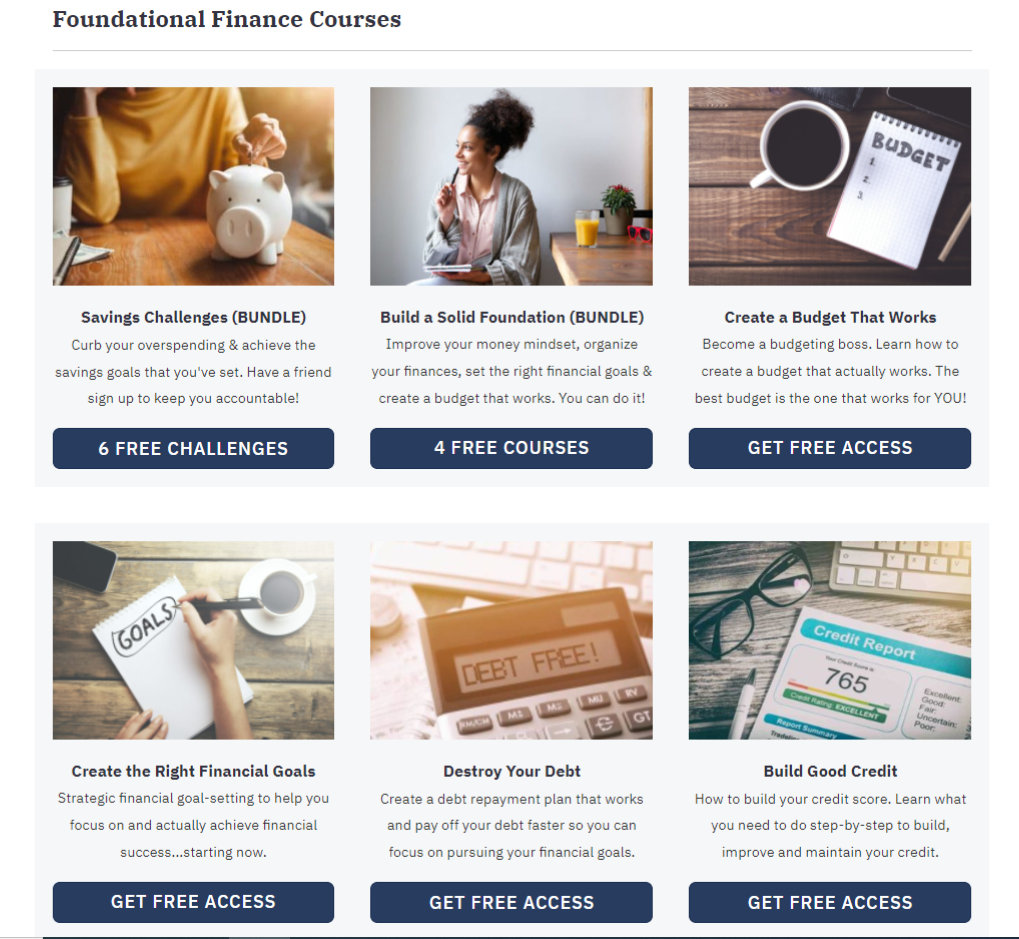
Creating lots of lead magnets like Clever Girl Finance is very time- and resource-intensive. So, it's best to develop just one lead magnet, to begin with using the examples above.
You could then build more lead magnets as you go along and get a better feel of what your target audience wants.
5. Promote Your Coaching Services
After setting up all the systems in place, the hard part comes: marketing your coaching business to the right people.
Going back to our funnel example, there are two ways you can approach this: paid ads (SEM) and SEO.
Both promotional types are from the opposite ends of the spectrum.
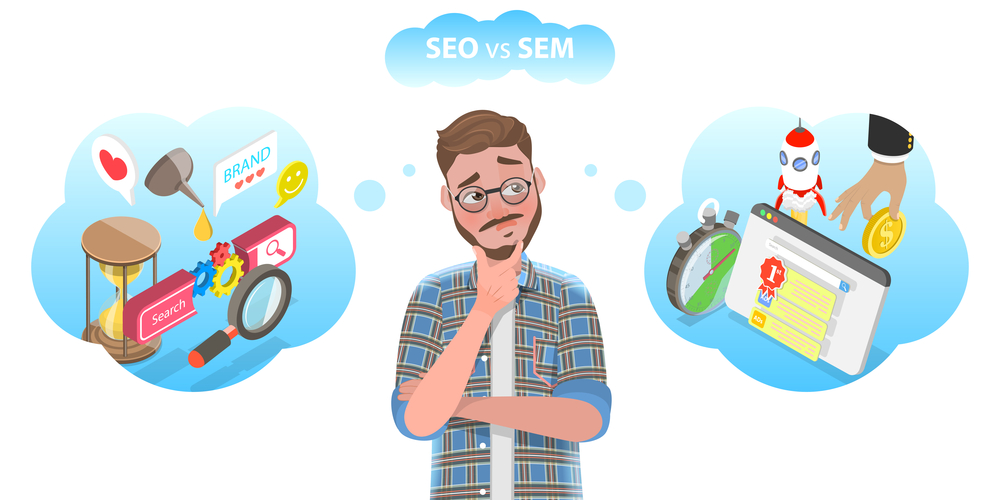
The biggest difference between the two is cost and results.
Paid ads require you to pay upfront to be featured prominently in your online channels of choice. On the other hand, SEO can only make you appear on search engines and doesn't require you to shell out as much cash (in the initial stages, at the very least).
Paid ads have an immediate impact on your business's bottom line. As soon as the ads appear on your target audience's social feed or search results, they can click on them and become your leads or customers instantly.
On the downside, you need to ensure that you're getting back what you paid for from ads to be able to keep launching your campaigns.
If your ads aren't generating enough return on investment (ROI) from your campaigns, you might have to put off your ads until you have the budget again.
The same can't be said about SEO. Once your website or landing page starts ranking on Google for its target keywords, expect to stay there for a very long time without much maintenance.
The only time you'll be spending to keep your high rankings on Google is if you re-optimize the content or pay for the backlinks.
Getting to the top of organic search, however, is a different story altogether.
Lots of studies have been conducted regarding the duration for when to expect your site to rank on search results. But SEO tool Ahrefs revealed that the top-ranking pages, i.e., the ones that appear on the first page of organic search, are older than two years.
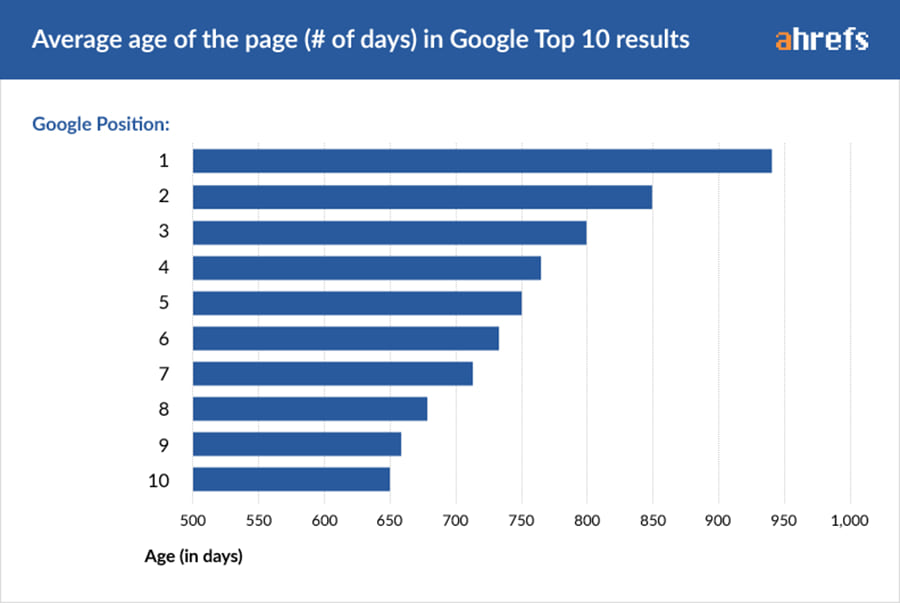
That means you should wait for approximately two years before you can actually see results from your SEO campaign!
That's a long wait time, especially if you want to quickly get your coaching business off the group. But that's the tradeoff if you wish for sustainable rankings that will get tons of leads and clients over time without much effort.
That said, both SEM and SEO have their strengths and weaknesses. So, it's not a matter of which between the two to use for promoting your coaching business. Instead, it's how to use them together to build a more robust coaching brand that will help you attract clients for years to come.
Here's an abridged version of what your SEO/SEM campaign should look like:
- Your paid ads campaign should help get more eyeballs to your website and funnel at the onset. Launch unique ads for each lead magnet targeting the appropriate segment for higher conversions.
- Next, write drip emails to be sent to them, pushing them down your sales funnel to become your clients.
- While this is happening, develop an SEO campaign by creating valuable blog posts optimized for search phrases your audience is searching for. In addition, each blog post should also cater to people in the different stages of your funnel. This way, you can slowly and surely convert them into clients soon.
- Finally, you can allot a marketing budget for building links to your site on top of your running ad campaigns.
These strategies should help maximize your lead and client generation and push your coaching business to the top.
There's a lot more to learn from the steps above, and tackling each of them is a guide.
But an easier way for you to learn and implement a promotion initiative like the one above is to hire talented people from Legiit to do the job for you.
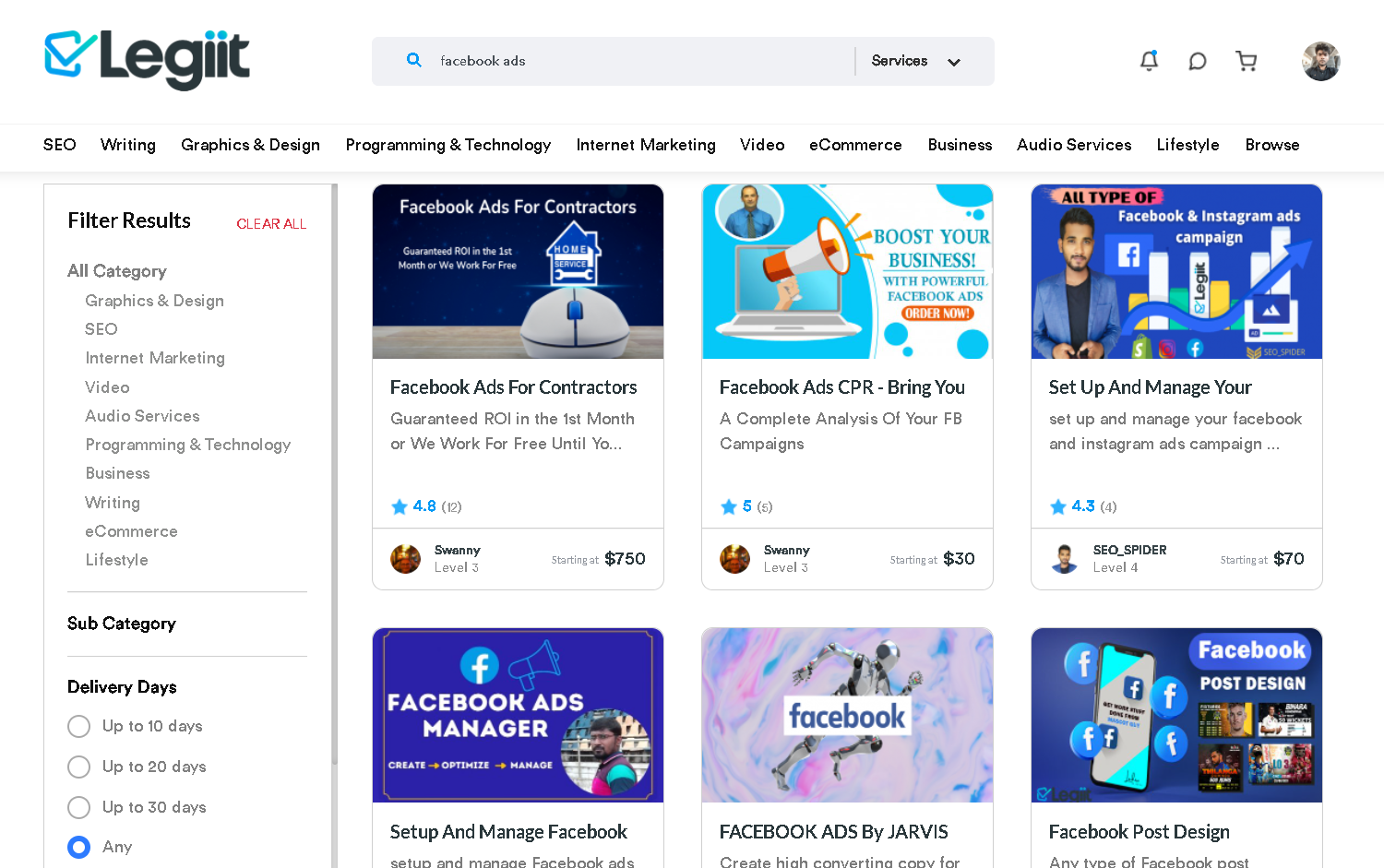
You can find a Facebook Ads Manager to create ads for you on this social media platform. For SEO, you can find a gamut of people who can research your target keywords, create content, and build links for your coaching business.
Hiring people to promote your coaching services also allows you to properly scale your practice and focus on what you love doing the most: helping clients solve their problems and become better.
Conclusion
From the steps above, a deliberate approach to developing your coaching business, from ideation to execution, is crucial to maximizing your earning potential.
Knowing your target audience and what coaching packages they need will set the tone for your business.
You can then convince people to sign up as leads first by offering the correct free information to them through lead magnets and blog posts.
Finally, amplify the reach of your free resources by promoting them via ads and SEO.
Doing all these in a coordinated approach will ensure the success of your coaching practice.


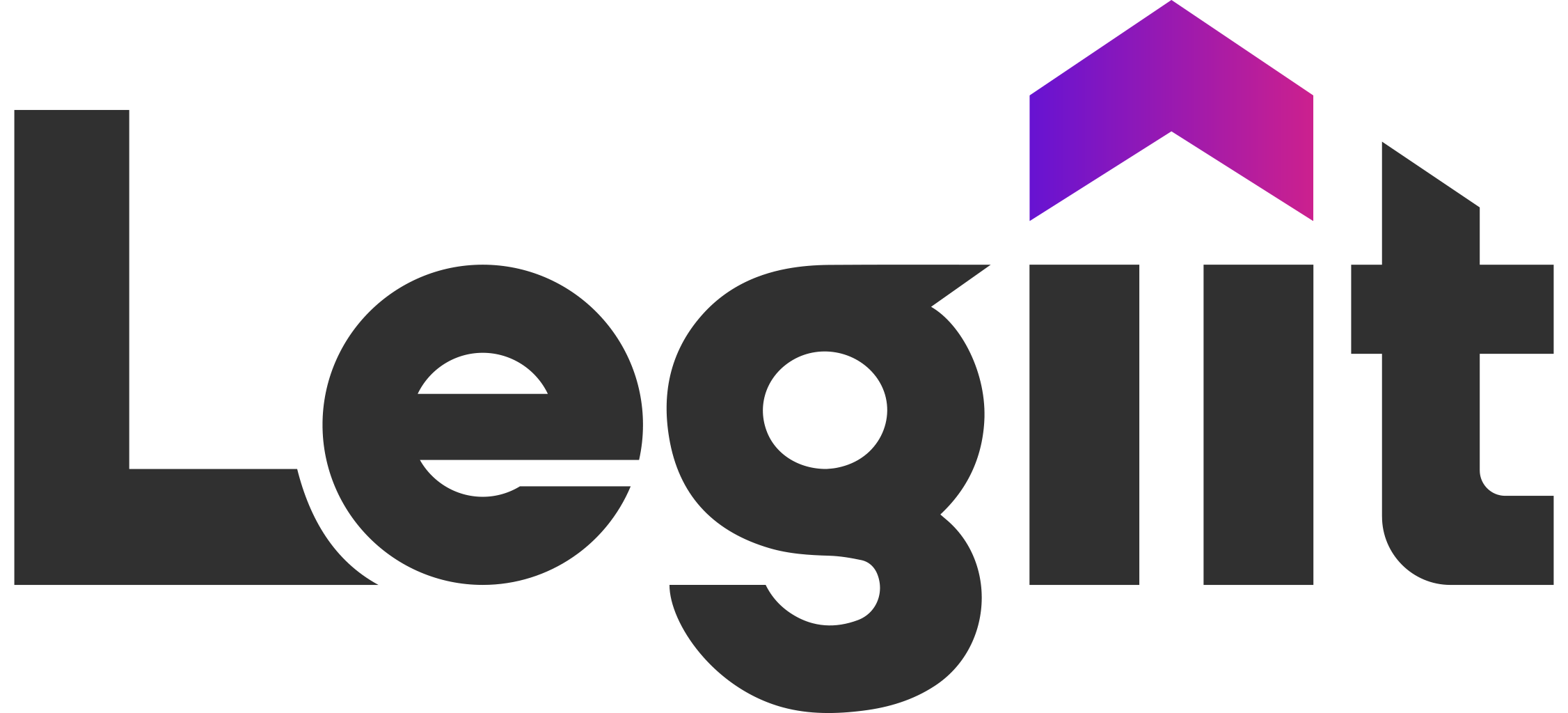



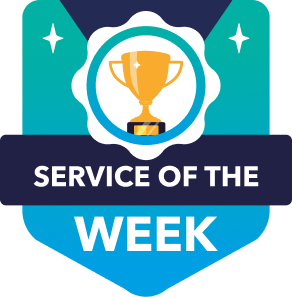



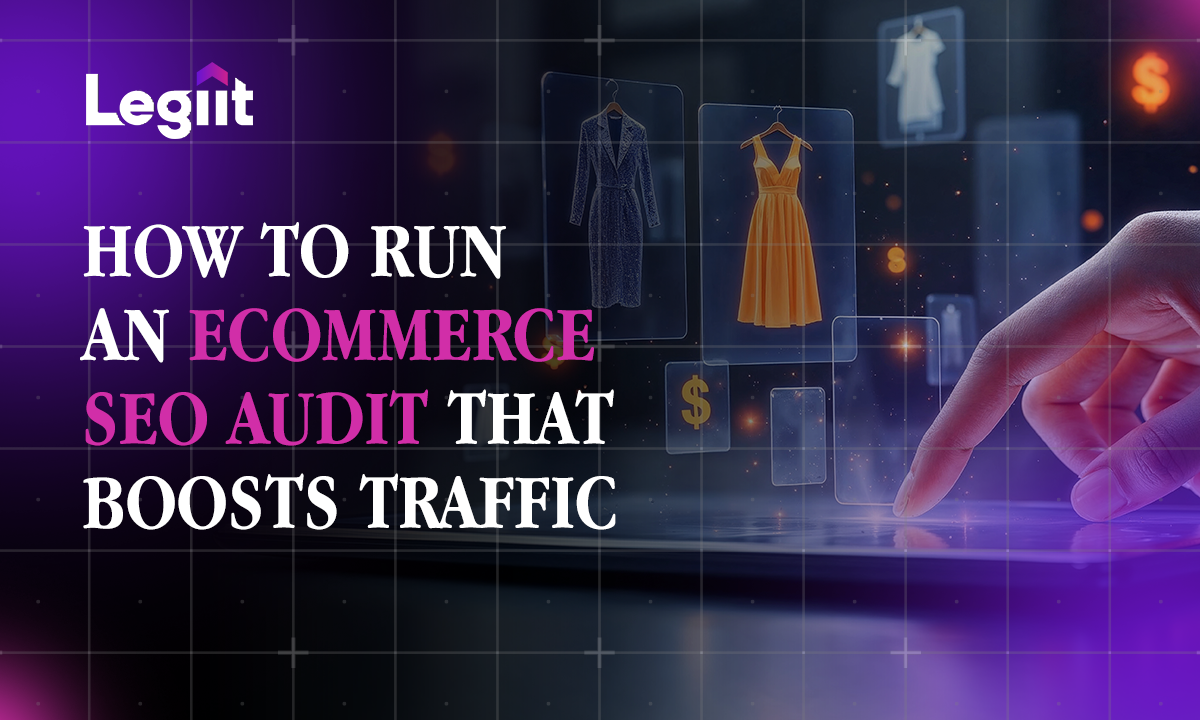
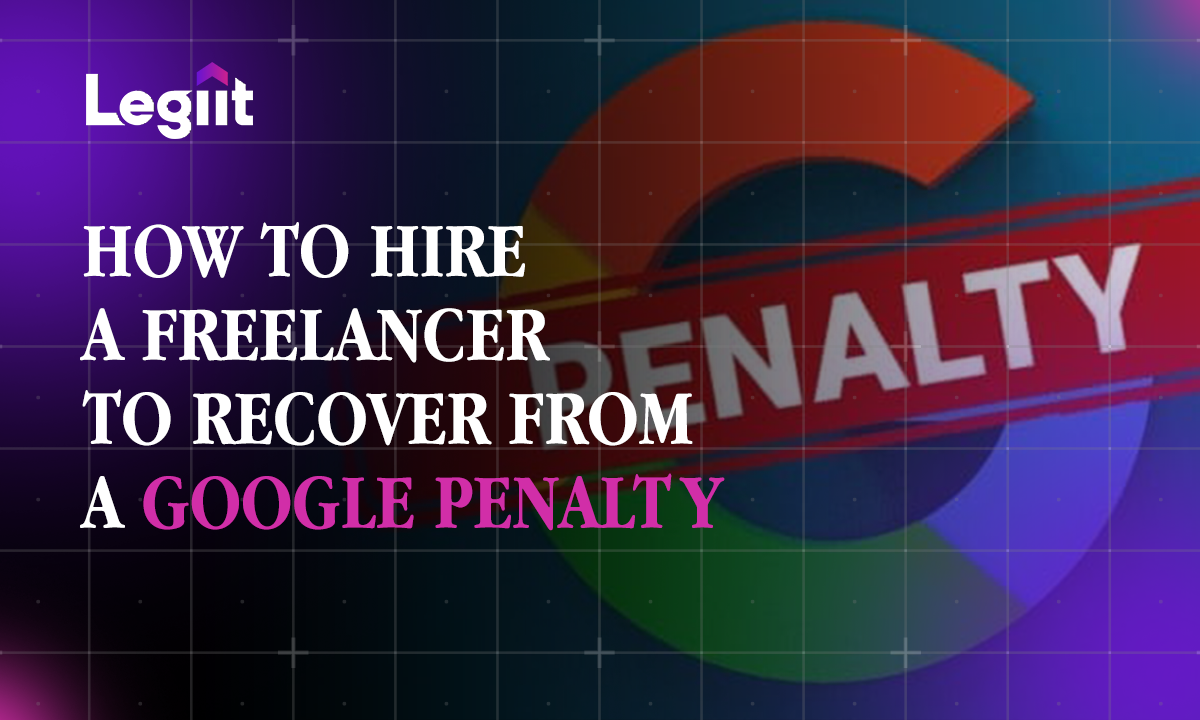
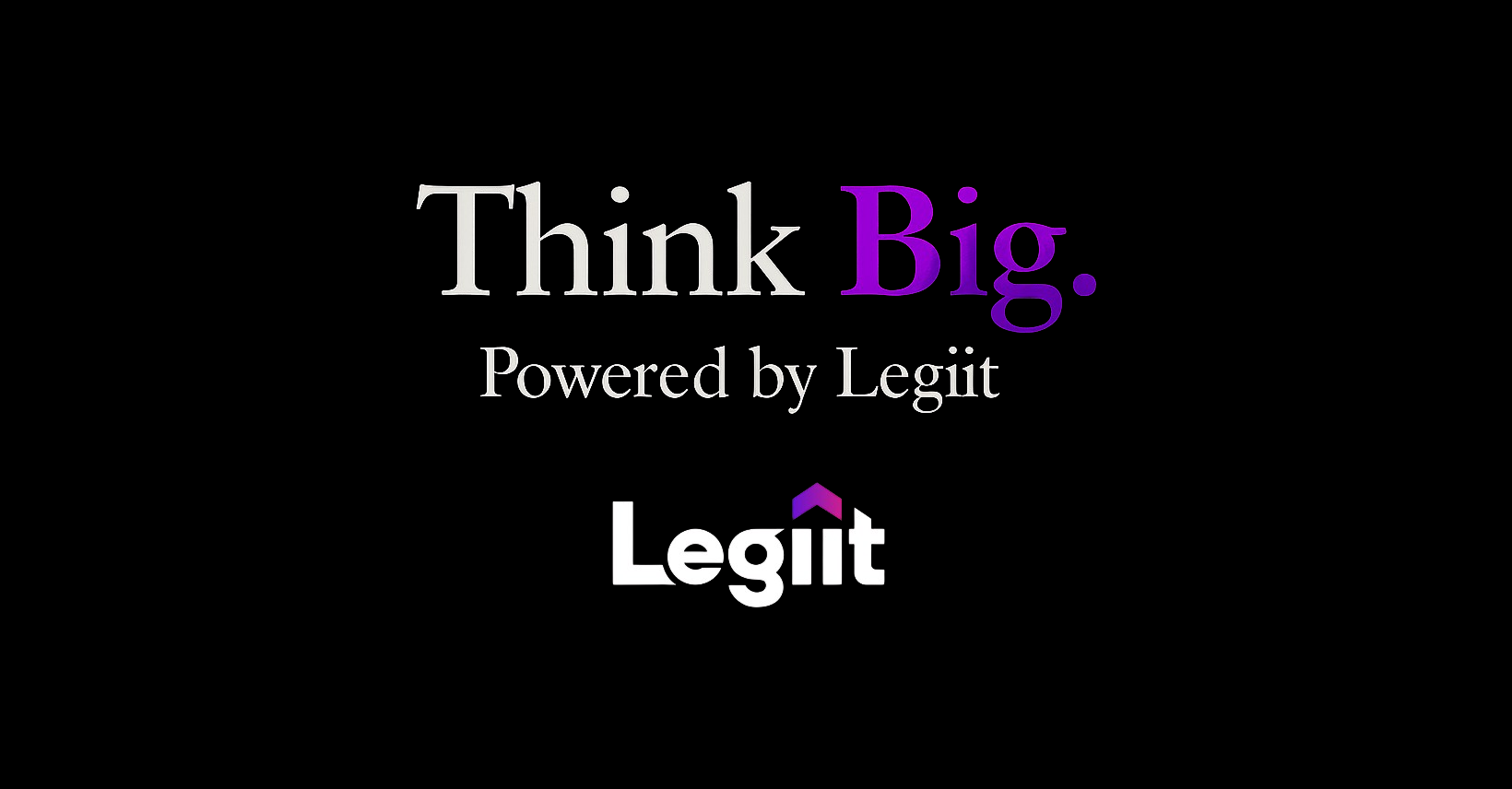
 Download
Download